Utilising a digital workflow to optimise the clear aligner patient journey
Featured Products Promotional FeaturesPosted by: Dental Design 23rd July 2021

Dr Aran Maxwell-Cox presents a recent case study.
A 27-year-old male patient attended for a cosmetic consultation as he had been recommended my services from friends in the local community. His main concerns were lower crowding and the overall aesthetics of his smile. The patient was a prominent local business owner, speaking in front of people a lot, so he was conscious of his teeth every day. As work took up much of his time, he wanted a hassle-free treatment solution that would be straightforward yet yield the results he wanted.
When discussing his concerns, the patient expressed the desire for a white, straight, yet natural-looking smile and was happy to have orthodontic treatment as part of the plan to achieve this.
Assessment
A comprehensive intra-and extra-oral examination was performed. The patient had calculus present in in all quadrants and caries affecting the UR6. These issues were addressed first to ensure he was dentally-fit prior to cosmetic treatment. The patient had a composite restoration placed alongside intensive dental hygiene and advice before being suitable for treatment. At this point, the patient was happy with the position of his upper teeth but had lower crowding with the LR1 set back in the arch.
All possible treatment options were discussed with the patient in detail. He had already expressed a preference for removable orthodontics rather than a fixed solution. It was explained that a fully digital journey could be implemented, which would be more comfortable and convenient for the patient and allow for fewer in-practice appointments. The 3D treatment set-up for ClearCorrect® requires no upfront fee, so we proceeded to take the appropriate clinical photographs, radiographs and digital impressions scan using the 3Shape Trios® intraoral scanner.
While this case was ideal for treatment with clear aligners – given the mild crowding present – it was still important that the patient understood any potential compromises in the possible outcome with removable orthodontics. The 3Shape Trios Treatment Simulator creates a simulation of the predicted final result and it is then up to the patient whether they can accept this, or if they require different treatment to achieve a different outcome. This helps with consent and treatment acceptance.
In this case, the patient was very happy to proceed, so the clear aligners were ordered.
Treatment
Orthodontic treatment commenced in January 2020. The patient initially returned to the practice four weeks into treatment for review and to receive the next aligners in the sequence. At this time, attachments were placed to encourage tooth movement once the patient had become slightly more accustomed to wearing the aligners.
Interproximal reduction (IPR) was performed as and when necessary after that. The patient’s last appointment before lockdown was in March 2020.
Of course, face-to-face appointments were not possible at this point. The patient continued with the aligner sequence until IPR was required and then wore the last aligner he had as a retainer to prevent relapse. When practices were allowed to re-open in early July, we were able to trial Dental Monitoring via the Straumann Group, which I offered to the patient. He accepted, came in to collect the scan box and the next selection of clear aligners, and was able to continue treatment more remotely. The patient found the app easy and straightforward to use and was able to continue treatment with fewer appointments while I monitored his progress.
At the end of the initial course of treatment, we decided to do some slight refinement to perfect the tooth positioning. The patient completed this with 1-week changeovers and then attended for a review. To complete treatment, tooth whitening and composite edge bonding were performed. We then took final scans for retainers, placing fixed upper and lower retainers, as well as providing removable retainers for night-time wear.
Review
This was a fantastic ABB (Align, Bleach and Bond) case and both the patient and I were over the moon with the result. Whilst we had the initial frustration of lockdown delaying treatment, the patient was delighted that we were able to continue with remote monitoring, enhancing his experience and allowing for fewer practice visits.
For any clinicians starting out with ClearCorrect® or any other clear aligner system, case selection is really important. It’s vital to begin with simple cases to see what can be achieved and build from there. Over time, a growth in confidence and knowledge about orthodontics and clear aligners will allow for trickier cases to be considered and successfully completed.
By enabling remote treatment assessment and monitoring, Dental Monitoring was a brilliant addition to the case and the software enhances the digital workflow – patients who have used it have really warmed to it. When planning cases now, I aim to place attachments and IPR within fewer appointments and utilise this system to free-up surgery time and require fewer visits for patients. I would recommend Dental Monitoring and ClearCorrect® to all dentists who are wanting to progress in the field of clear aligner therapy, it really is a game-changer!
Images
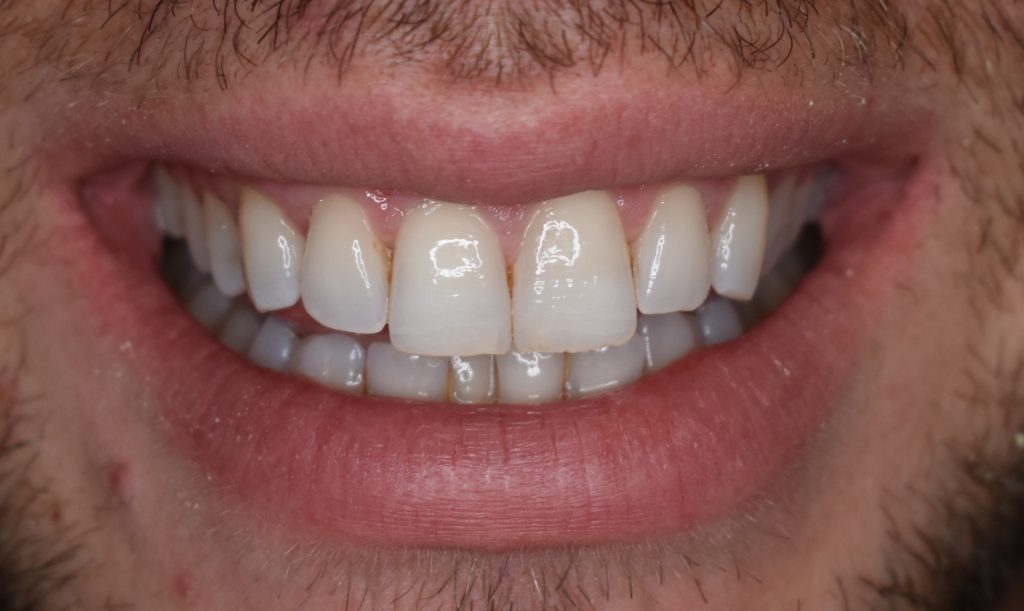
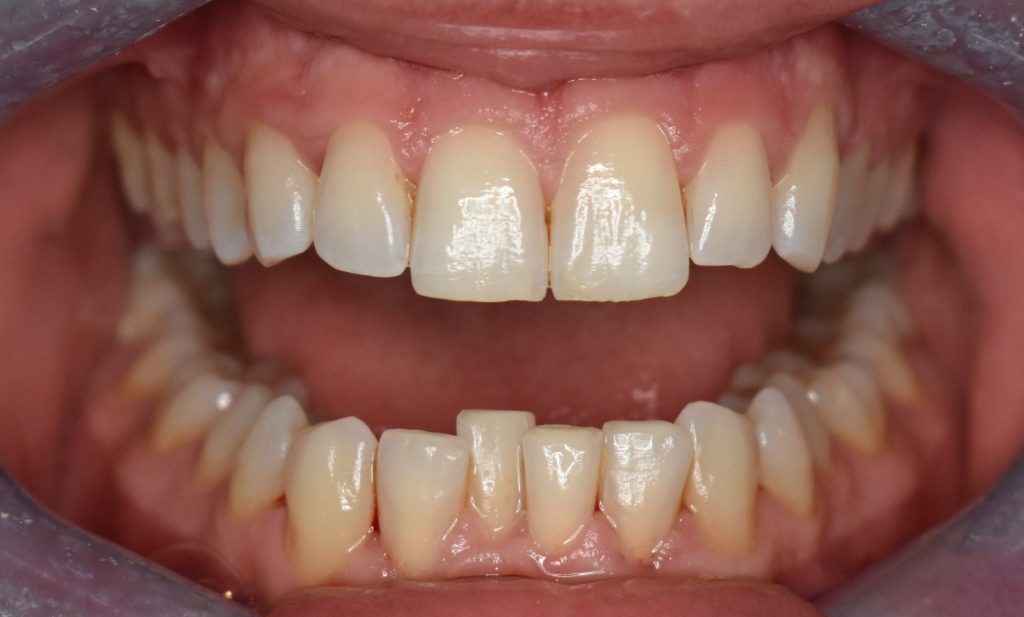
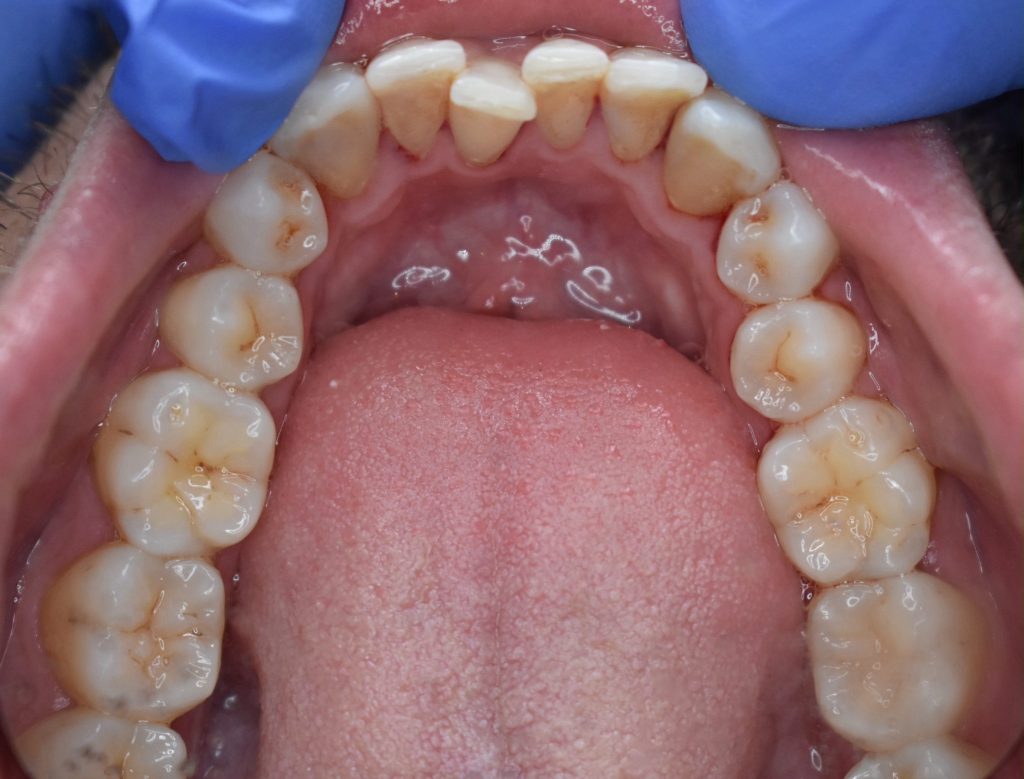
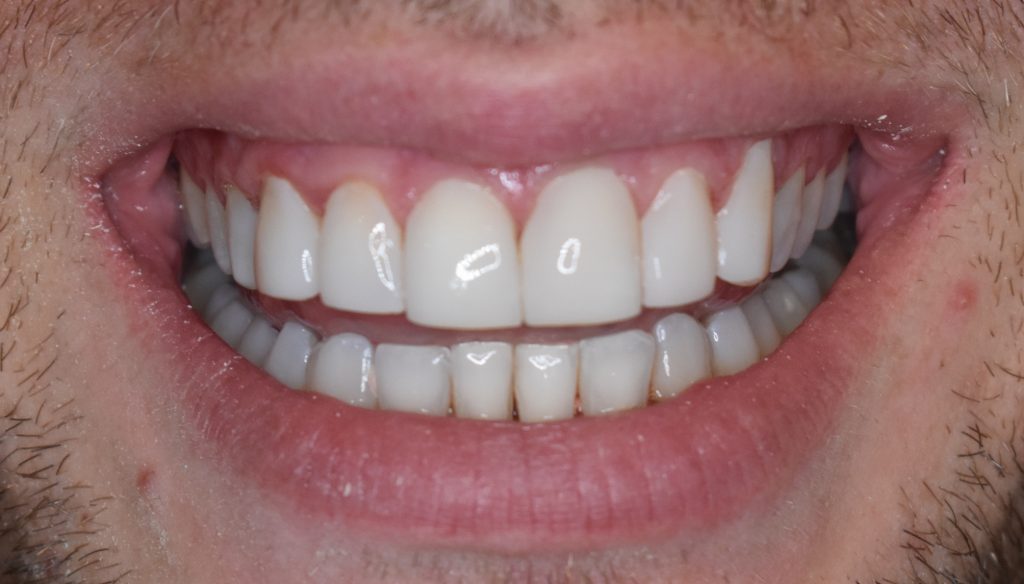
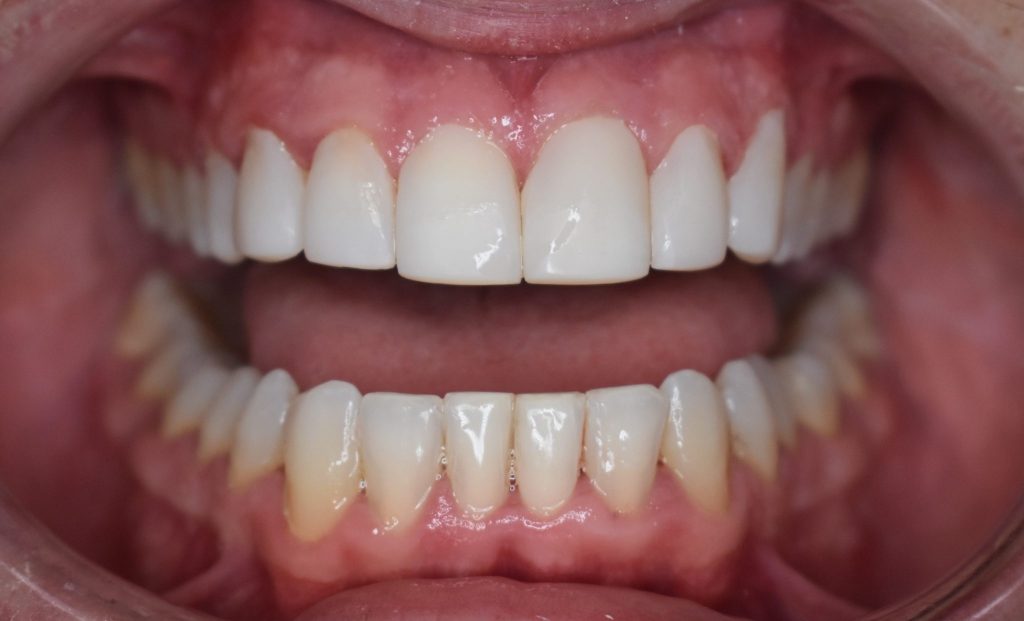
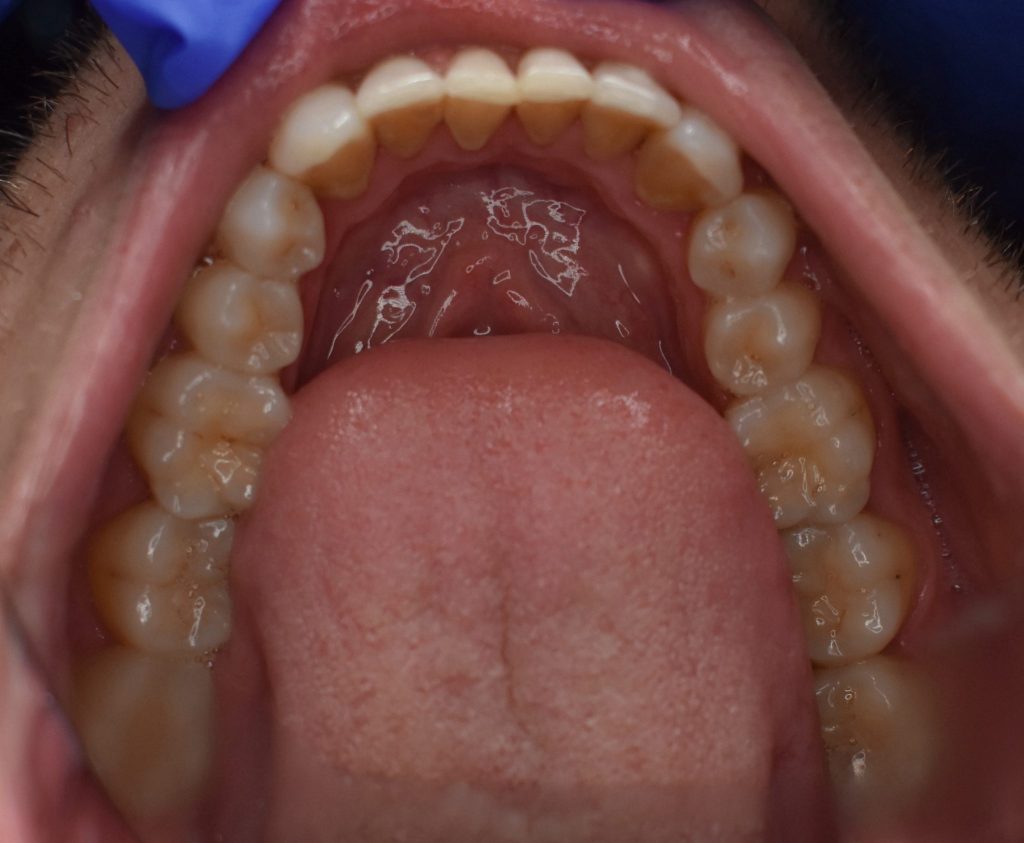
For details about ClearCorrect®, please visit https://www.straumann.com/clearcorrect/en/home.html
Author:
Dr Aran Maxwell-Cox provide cosmetic dentistry and facial aesthetics to patients in Durham. He qualified with a Bachelor of Dental Surgery in 2014 from the University of Dundee and has since completed various postgraduate training courses to advance his skills.










